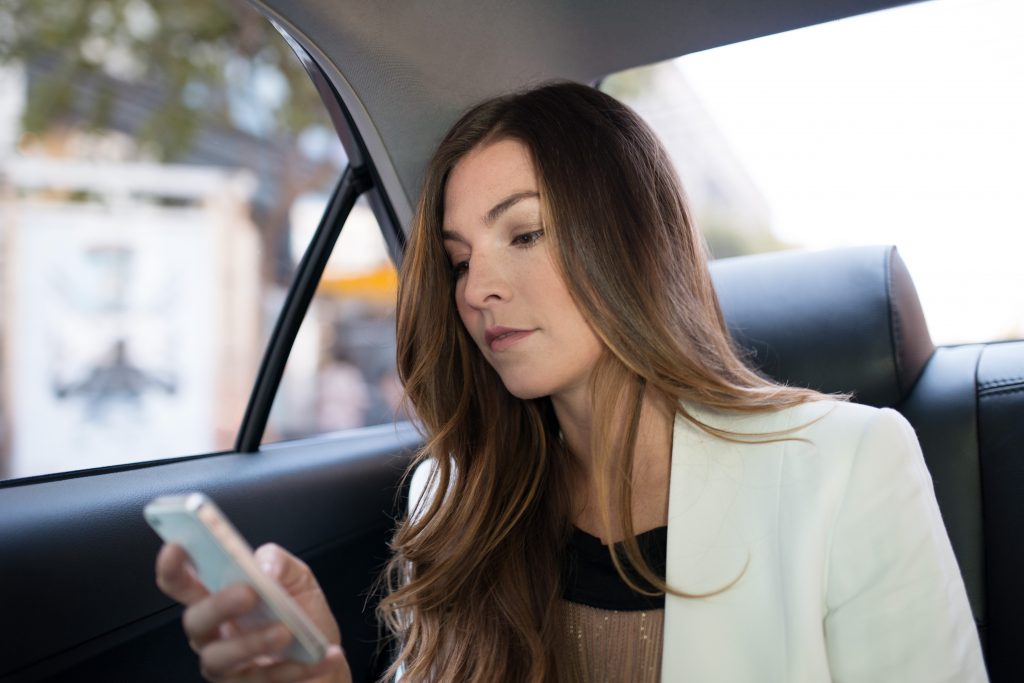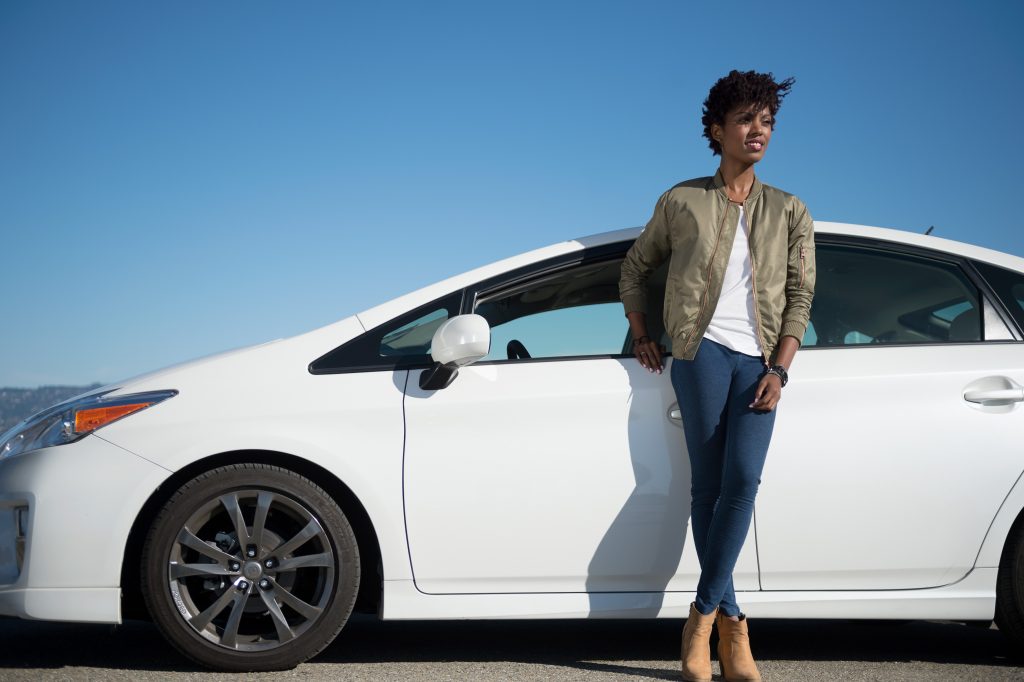InTrans / Jan 28, 2016
Uber: What about taxi cabs?
Go! Magazine
 posted on January 28, 2016
posted on January 28, 2016
Many people believe that Uber is a great alternative to taxis, providing safer options and prices that other companies just can’t compete with.
Here’s the real question then: Has Uber’s big impact been a positive or a negative one?
Aren’t in the loop about Uber? Learn about it in our article, “So, what’s the deal with Uber?”
Bad news for the taxi industry
Is Uber just a few steps away from shutting down the taxi industry all together? What could this mean for the taxi companies and drivers across the nation?
Well, it doesn’t look good.
Places like New York City and Chicago once depended on taxis, but in general, the taxi industry has struggled in recent years against digital ride-hailing rivals like Uber.
How can we measure this? In New York City, yellow taxi medallion cabs are sold from the city, or by a medallion owner. Most cabs are owned by investment companies and are leased to drivers.
New York’s yellow taxi medallion prices have dropped some 23 percent since 2013, and corporate medallions are down 28 percent. The price drop can be attributed to many things, but most of all, app-based driving services like Uber and Lyft have encouraged taxi companies to lower their prices in order to stay in the competition.1
Just like in New York, San Francisco’s largest taxi company, Yellow Cab, faces trouble. As of the beginning of 2016, in a midst of financial collapse, Yellow Cab is edging toward filing for bankruptcy. In Yellow Cab’s case, the bankruptcy is also due to lawsuits. However, longtime taxi industry sources said the bankruptcy was a result of fierce competition with tech rivals taking away from business and a pool of potential drivers.
Lastly, let’s take a look at Sidecar. Sidecar launched in 2012, and was a pioneer in the development of ride-sharing. Ride-sharing allows passengers to ride with others going the same way for a lower price. Sidecar shut all ride and delivery operations down at the end of the year. Though Sidecar was a pioneer for ridesharing, they failed to cease the same opportunities as other companies like Uber and Lyft.
Let’s take a closer look at the ways Uber differs itself from other services, to offer passengers a safe journey, from pick-up to destination.
The safer passenger
Would you prefer it if a wanted criminal drove you around? Uber doesn’t think so! Uber drivers go through a series of background checks.
In the United States, potential Uber drivers are required to undergo a screening process that involves checking a potential employee’s driving and criminal history from a data-base, which includes county, federal, and multi-state records.

The Uber app also includes a feature where you can anonymously rate your driver after the trip is completed. This feedback remains anonymous to the driver, but Uber uses passenger’s input to help improve the experience they deliver.
Uber drivers also have profiles on the app, which includes the driver’s name, license plate number, photo, and rating. The Uber passenger can view the profile once the driver has accepted their request for a ride. Even after the trip, the passenger is able to contact the driver, in case they leave something behind.
Overall, Uber hopes to make passengers feel safer with their services rather than taking a conventional taxi. In comparison, passengers with Uber are provided with the driver’s information and have a record of it. Uber drivers are also held accountable by the company.
The safer driver, too
Uber takes measures to ensure that their drivers are safe, too. Did you know that Uber transactions are always cashless?
Ride fares are automatically charged to the passengers’ credit card. That way, drivers can avoid the risk and hassle of carrying cash and making change.
In the same way passengers rate drivers, drivers can rate their passengers, too! Uber has “zero tolerance” for any rider behavior that makes drivers concerned for their safety, or the safety of their vehicles. Riders may lose access to the system if reported to be abusive toward their driver or violate the terms of service.
Lastly, riders are required to make an Uber account to use the driving service. Rides can only be requested through the Uber app. That way, Uber can hold both drivers and riders accountable by keeping things like personal and payment information on record.
And driving isn’t just a man’s world anymore. More women feel safe driving with Uber. Twenty-nine percent of drivers who started at the end of 2015 were women. Overall, women make up 19 percent of Uber drivers, a 5 percent increase since that time last year. 2

And what about surge pricing?
Here’s a question: Would you rather pay more for your Uber ride (sometimes a lot more), or be stranded without one?
Here, we face the issue of surge pricing.
Surge pricing is when the need for drivers can’t be met, so Uber rates increase to encourage more drivers to become available and accommodate the demand.
Uber does this to afford reliability to its customers at times of high demand when there isn’t enough drivers per trips requested. A good example of this would be New Year’s Eve, a time of high activity, or in the event of a hazardous blizzard, when being on the road is dangerous.
At times when surge pricing is necessary, Uber does it’s best to notify customers of the price increase. In the event of a surge pricing, customers have to accept a notification of higher prices before they’re connected with a driver.
That way, no one gets a higher bill than they expected. But that doesn’t mean people like paying more for their ride home.
Citations
- http://www.bizjournals.com/newyork/news/2015/01/08/ubers-heavy-impact-on-taxi-industry-is-plainly.html
- https://newsroom.uber.com/driver-partner-survey/
By Hannah Postlethwait, Go! Staff Writer